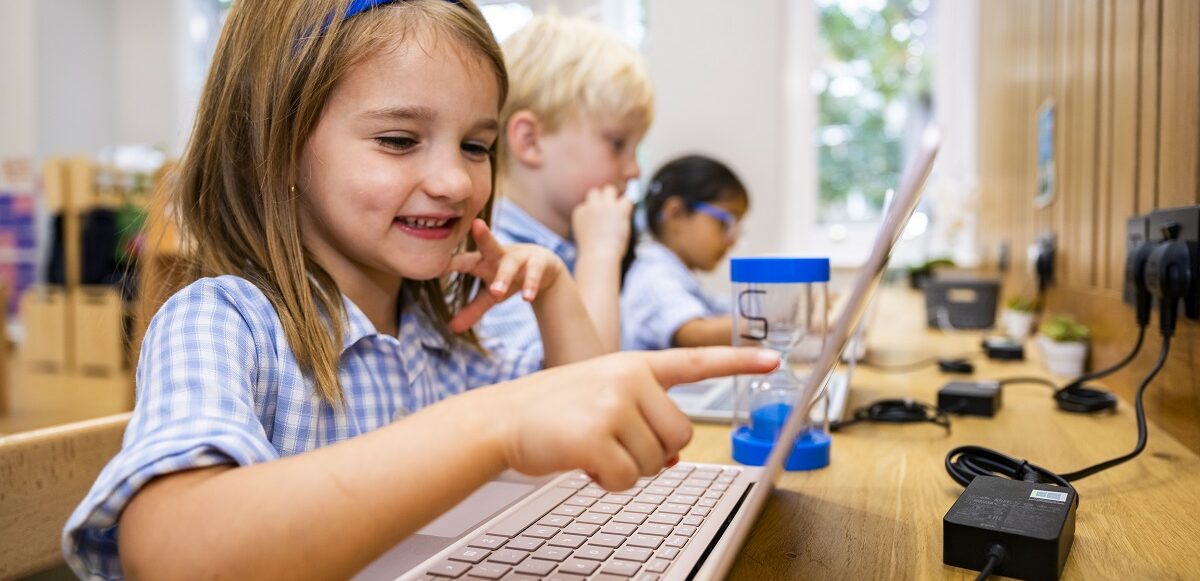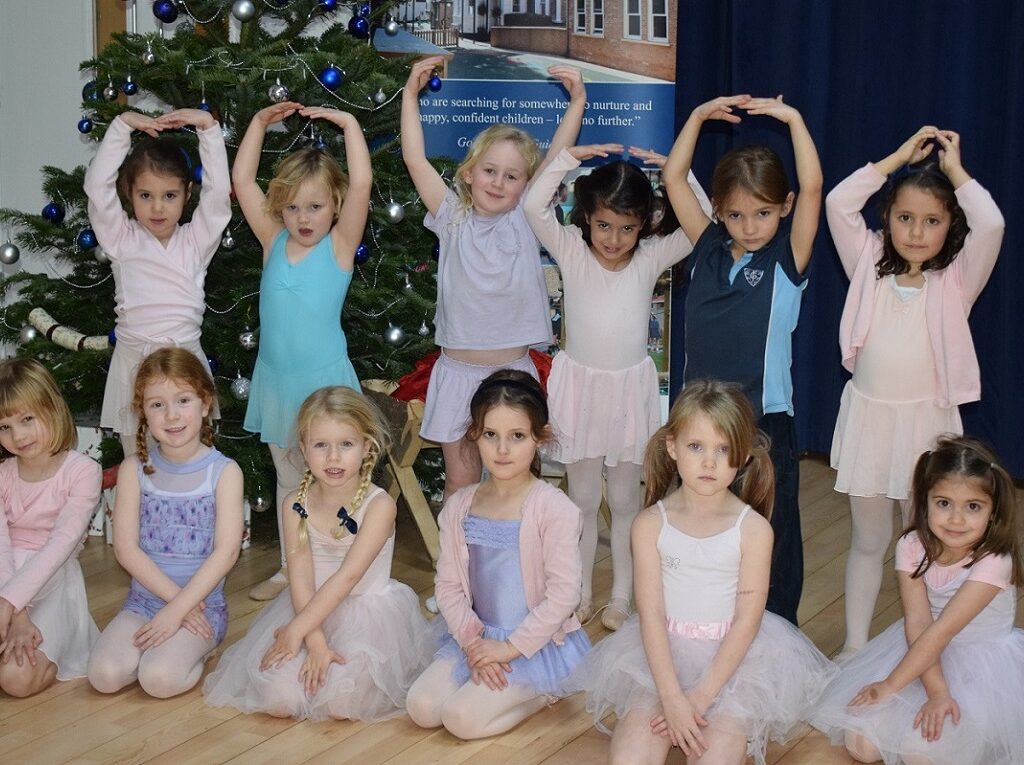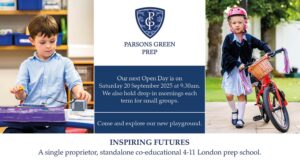Human beings have been dancing for thousands of years; early figurative cave art depicts dancing perhaps as long ago as 13,000 years. It is likely that dance played a crucial role in community building, storytelling and social communication. The late Michael Mosley, in his excellent BBC podcast Just One Thing, shed light on how dance affects our brain chemistry. There are studies that indicate that dance impacts positively on our cognitive abilities and memory and even reduces the likelihood of dementia.
Young children do not need any encouragement to dance – they tend to spring into action as soon as music is played. In Reception at Parsons Green Prep the children enthusiastically express themselves through their actions and movement and this engagement helps them build confidence and develop their social skills as well as enhancing their physical health. Whether it is through performance, choreography, improvisation, simply exploring movement, in fulfilling the requirements of the national curriculum or meeting the Early Learning Goals, the art of dance offers the opportunity for children to express themselves in creative and exciting ways. I know first-hand that dance offers a different way for children to express their emotions and thoughts and the positive impact that this creative pursuit can have on young people, particularly those who are neuro-diverse.
PE lessons at PGP include dance delivered using an eclectic range of fun and engaging interactive resources, imoves (an active learning platform for primary schools) and teacher-led activities, as well as the children’s involvement in school productions, the talent show and specific clubs such as ballet and Irish dancing, providing opportunities for them to showcase their skills. Perhaps the heralding of the Chinese New Year through the Dragon Dance will bring more dance into our lives as we celebrate this colourful and festive occasion.
Dr Edmonds
Head
Categories: General news




1 CommentsComment on Facebook